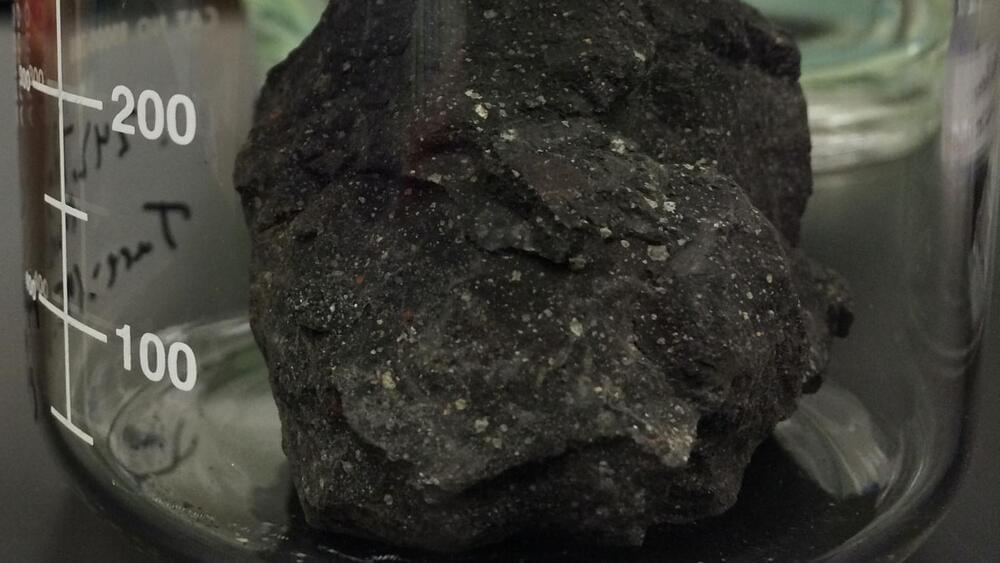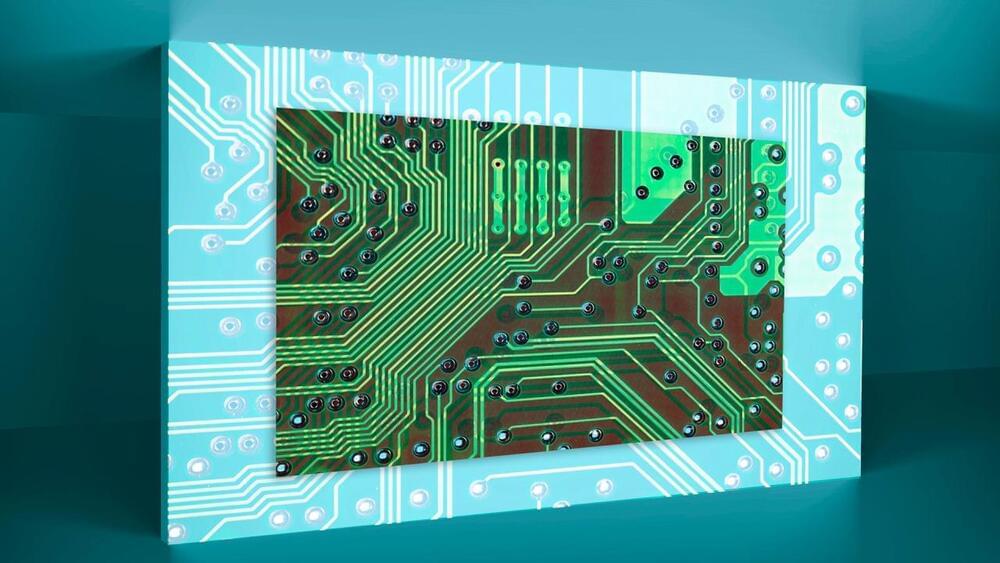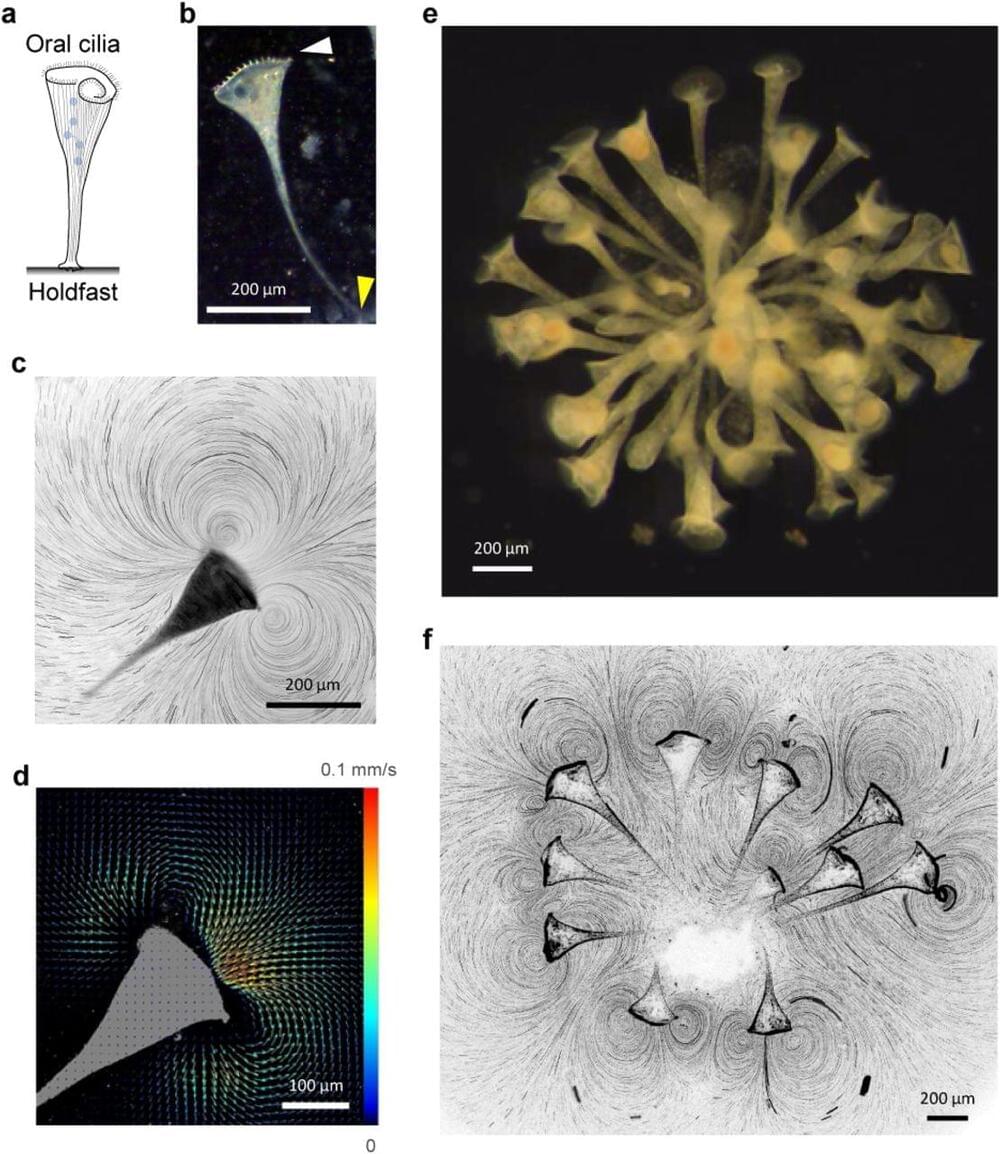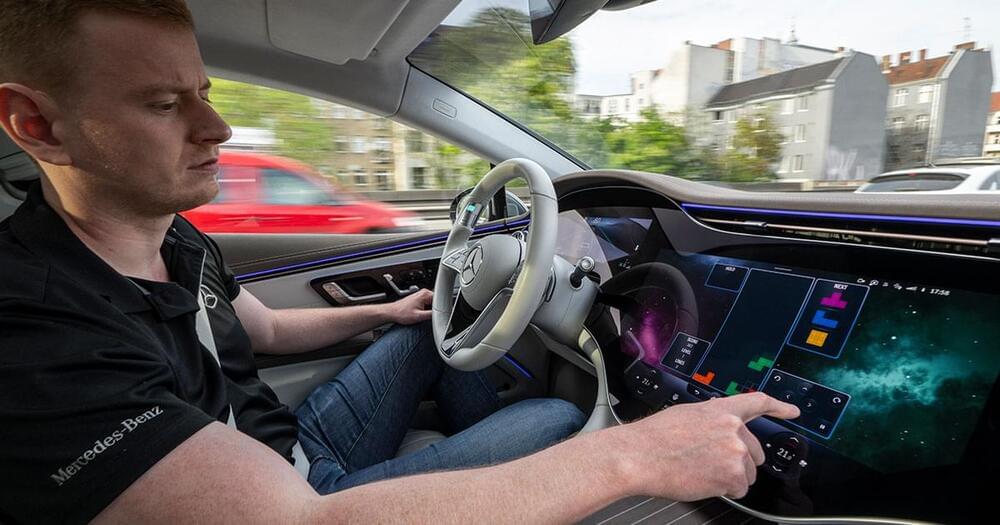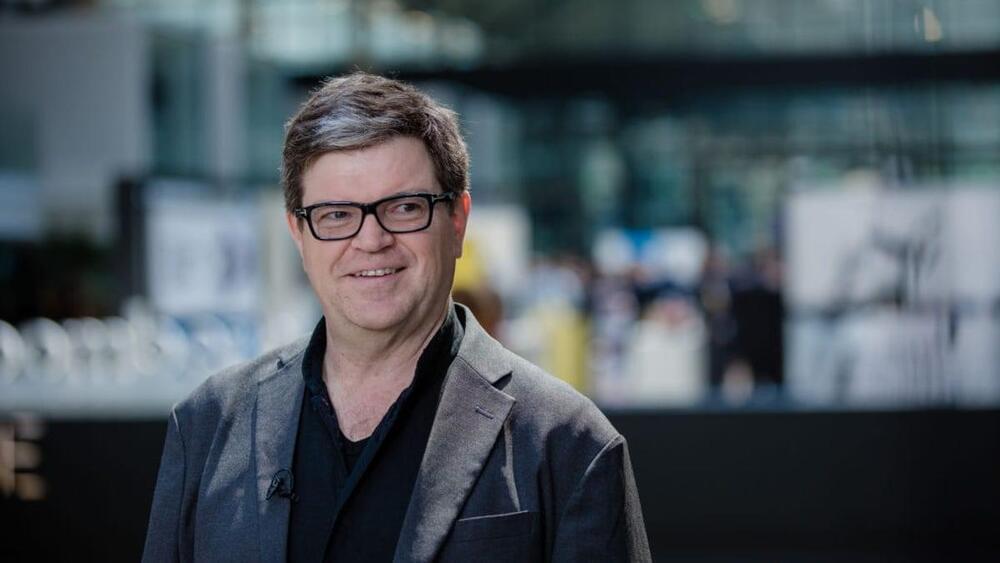CRISPR gene editing created the G795A amino acid which was introduced to microglia derived from human stem cells. Researchers were able to transplant the donor microglia immune cells into humanized rodent models while administering an FDA-approved cancer drug called pexidartinib. The inclusion of the amino acid cause the donated microglia to thrive and resist the drug, while the host microglia died. The findings open the door for new methods of using microglia to treat a range of neurodegenerative disorders.
ChatGPT Outpaces Instagram: 10 Million Users in Record Time. “ChatGPT Surpasses Instagram With 10 Million Daily Users In Just 40 Days” is published by Liquid Ocelot in InkWater Atlas.
Scientists have detected bits of adenine, guanine and other organic compounds in meteorites since the 1960s (SN: 8/10/11, SN: 12/4/20). Researchers have also seen hints of uracil, but cytosine and thymine remained elusive, until now.
“We’ve completed the set of all the bases found in DNA and RNA and life on Earth, and they’re present in meteorites,” says astrochemist Daniel Glavin of NASA’s Goddard Space Flight Center in Greenbelt, Md.
A few years ago, geochemist Yasuhiro Oba of Hokkaido University in Sapporo, Japan, and colleagues came up with a technique to gently extract and separate different chemical compounds in liquified meteorite dust and then analyze them.
As neural networks become more powerful, algorithms have become capable of turning ordinary text into images, animations and even short videos. These algorithms have generated significant controversy. An AI-generated image recently won first prize in an annual art competition while the Getty Images stock photo library is currently taking legal action against the developers of an AI art algorithm that it believes was unlawfully trained using Getty’s images.
So the music equivalent of these systems shouldn’t come as much surprise. And yet the implications are extraordinary.
A group of researchers at Google have unveiled an AI system capable of turning ordinary text descriptions into rich, varied and relevant music. The company has showcased these capabilities using descriptions of famous artworks to generate music.
There are two aspects to a computer’s power: the number of operations its hardware can execute per second and the efficiency of the algorithms it runs. The hardware speed is limited by the laws of physics. Algorithms—basically sets of instructions —are written by humans and translated into a sequence of operations that computer hardware can execute. Even if a computer’s speed could reach the physical limit, computational hurdles remain due to the limits of algorithms.
These hurdles include problems that are impossible for computers to solve and problems that are theoretically solvable but in practice are beyond the capabilities of even the most powerful versions of today’s computers imaginable. Mathematicians and computer scientists attempt to determine whether a problem is solvable by trying them out on an imaginary machine.
Evolution of multicellularity from early unicellular ancestors is arguably one of the most important transitions since the origin of life1,2. Multicellularity is often associated with higher nutrient uptake3, better defense against predation, cell specialization and better division of labor4. While many single-celled organisms exhibit both solitary and colonial existence3,5,6, the organizing principles governing the transition and the benefits endowed are less clear. Using the suspension-feeding unicellular protist Stentor coeruleus, we show that hydrodynamic coupling between proximal neighbors results in faster feeding flows that depend on the separation between individuals. Moreover, we find that the accrued benefits in feeding current enhancement are typically asymmetric– individuals with slower solitary currents gain more from partnering than those with faster currents. We find that colony-formation is ephemeral in Stentor and individuals in colonies are highly dynamic unlike other colony-forming organisms like Volvox carteri 3. Our results demonstrate benefits endowed by the colonial organization in a simple unicellular organism and can potentially provide fundamental insights into the selective forces favoring early evolution of multicellular organization.
Suspension-feeding unicellular protists inhabit a fluid world dominated by viscous forces that limit prey transport for feeding 3,7,8. Using either flagella or cilia, many of these organisms generate microcurrents that actively transport dissolved nutrients and smaller prey critical for their nutrition 3,9,10. A protist’s ability to favorably alter its feeding current so as to enhance feeding rate would therefore be beneficial to its survival. Can colony formation enable unicellular protists to enhance their feeding flows? Colonial protists have been suggested to generate stronger flows by combining individual feeding microcurrents of neighboring colony members. Colony forming protists can broadly be classified into two categories depending on presence (or absence) of physical linkages between colony members.
German automaker Mercedes-Benz claims to have achieved Level 3 autonomy — “conditionally automated” vehicles that can monitor their driving environment and make informed decisions on behalf of the driver, but still require humans to occasionally take over — in the United States, an incremental but noteworthy step towards a future void of steering wheels and foot pedals.
“It is a very proud moment for everyone to continue this leadership and celebrate this monumental achievement as the first automotive company to be certified for Level 3 conditionally automated driving in the US market,” said Mercedes-Benz USA CEO Dimitris Psillakis in a statement.
There are many promising commercial applications already that may lead to productivity increases, but, ultimately, AI must develop an ability to plan if it is to truly advance, says Yann LeCun.




